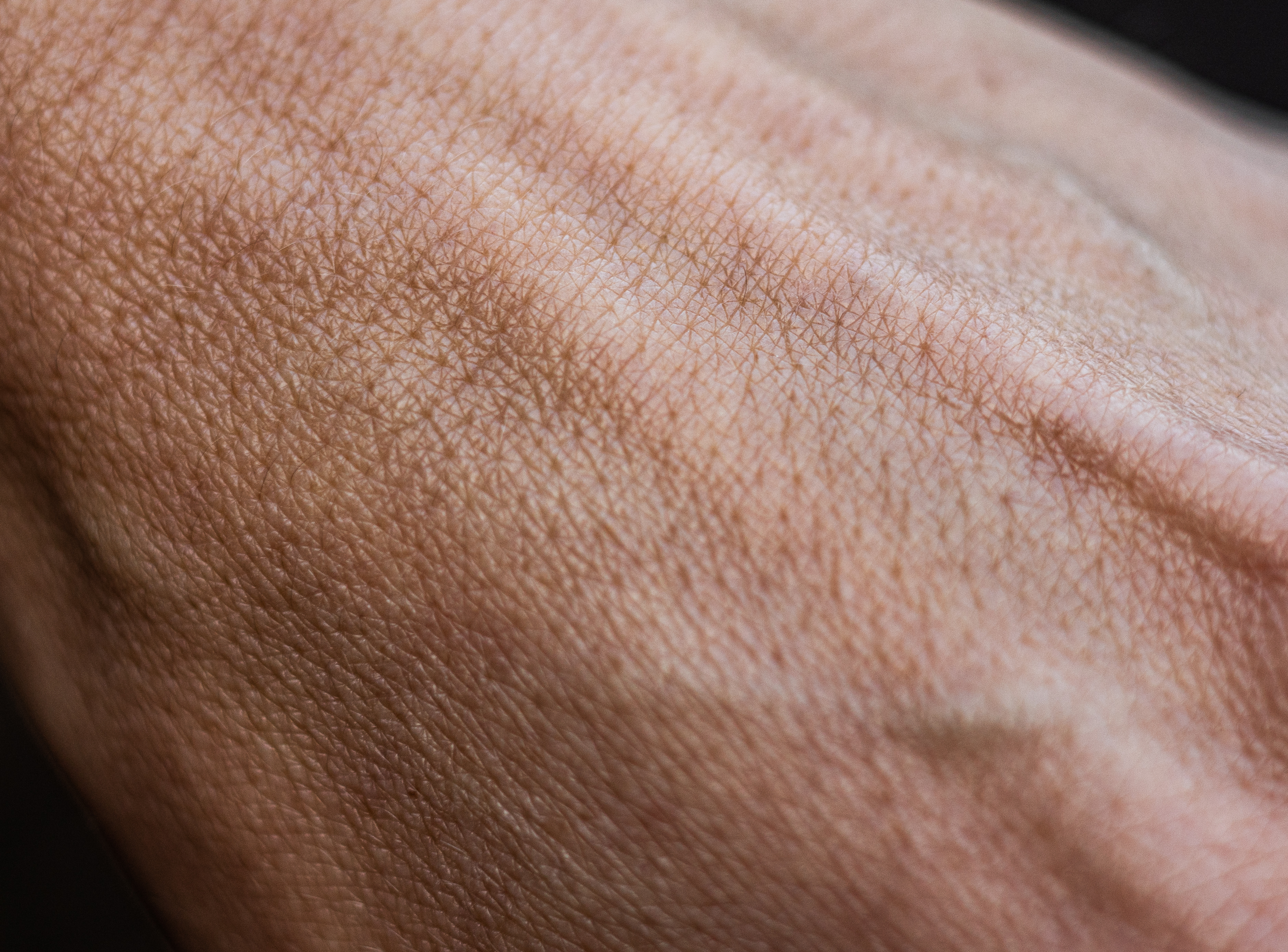
New service at Eurosafe : Evaluation of the cutaneous microbiome !
We developed a new offer in collaboration with Vaiomer. For the launching, we interviewed them to tell you more about it. Find the interview below!
Read More
We developed a new offer in collaboration with Vaiomer. For the launching, we interviewed them to tell you more about it. Find the interview below!
Read More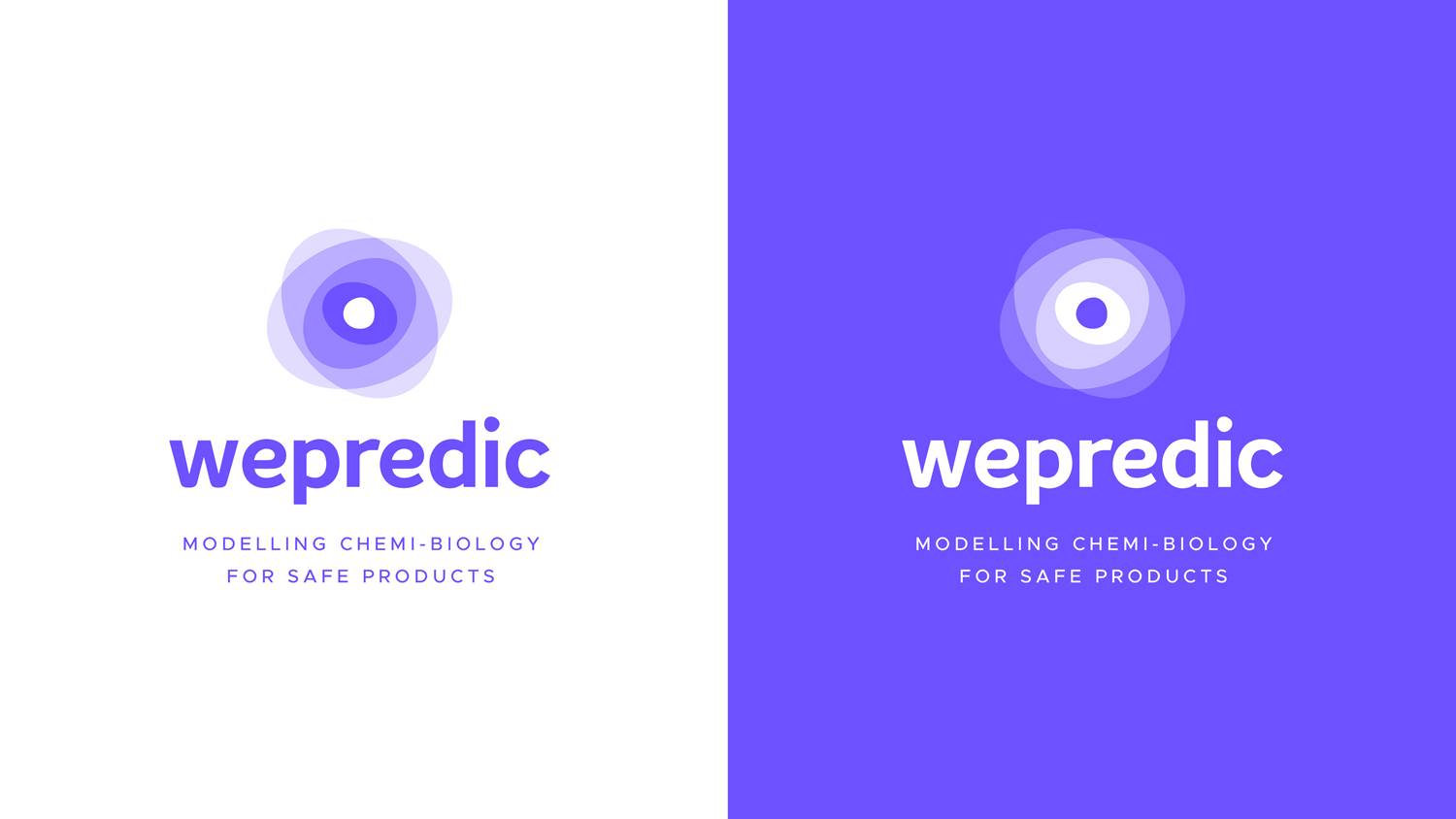
We are launching Wepredic! – A group that gathers key players in in vitro technologies Christophe Chesné, Ph.D, CEO of Biopredic International, is also the founder of Eurosafe, Starlight and Advancells. With their long-standing expertise in in vitro technologies for toxicology and pharmacokinetics, these companies daily help and support world’s leading pharmaceutical, cosmetic and chemical companies. Wepredic has been funded to unite these four brands and deliver in vitro testing solutions that aim to replace laboratory animals.
Discover Christophe Chesné’s editorial on the reasons for this strategic move !
Read More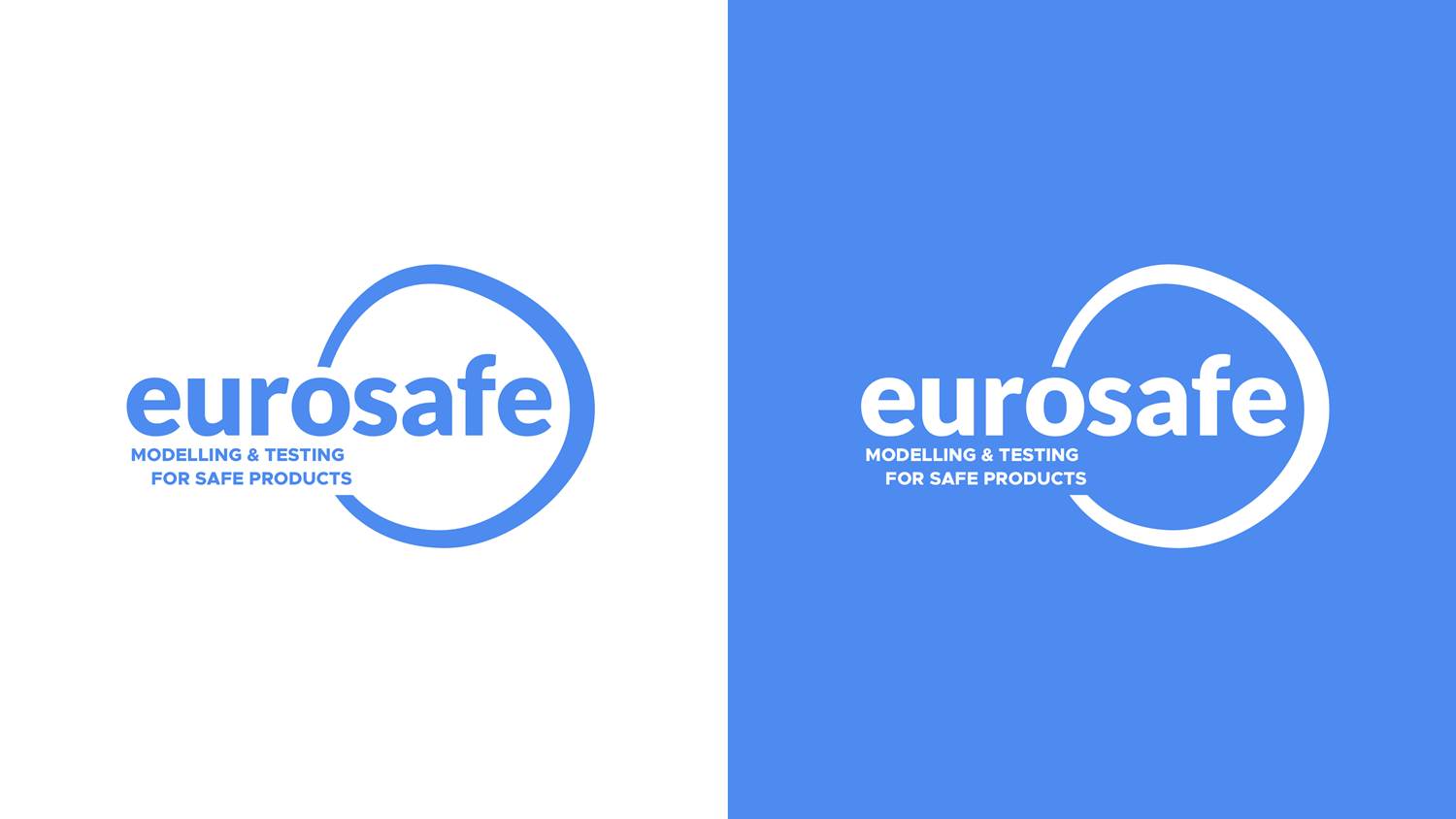
As part of re-shaping the brands of the group Wepredic, our parent company, Eurosafe has been given a facelift. Our new logo captures the essence of our business activity: the safety evaluation of cosmetic and of pharmaceutical products!
Read More
Eurosafe is pleased to inform you that our tests on reconstructed models have been enhanced with a new security screening for all your oral products (e.g. toothpaste, mouthwash): "Gingival irritation on a reconstructed model (3D)".
Read More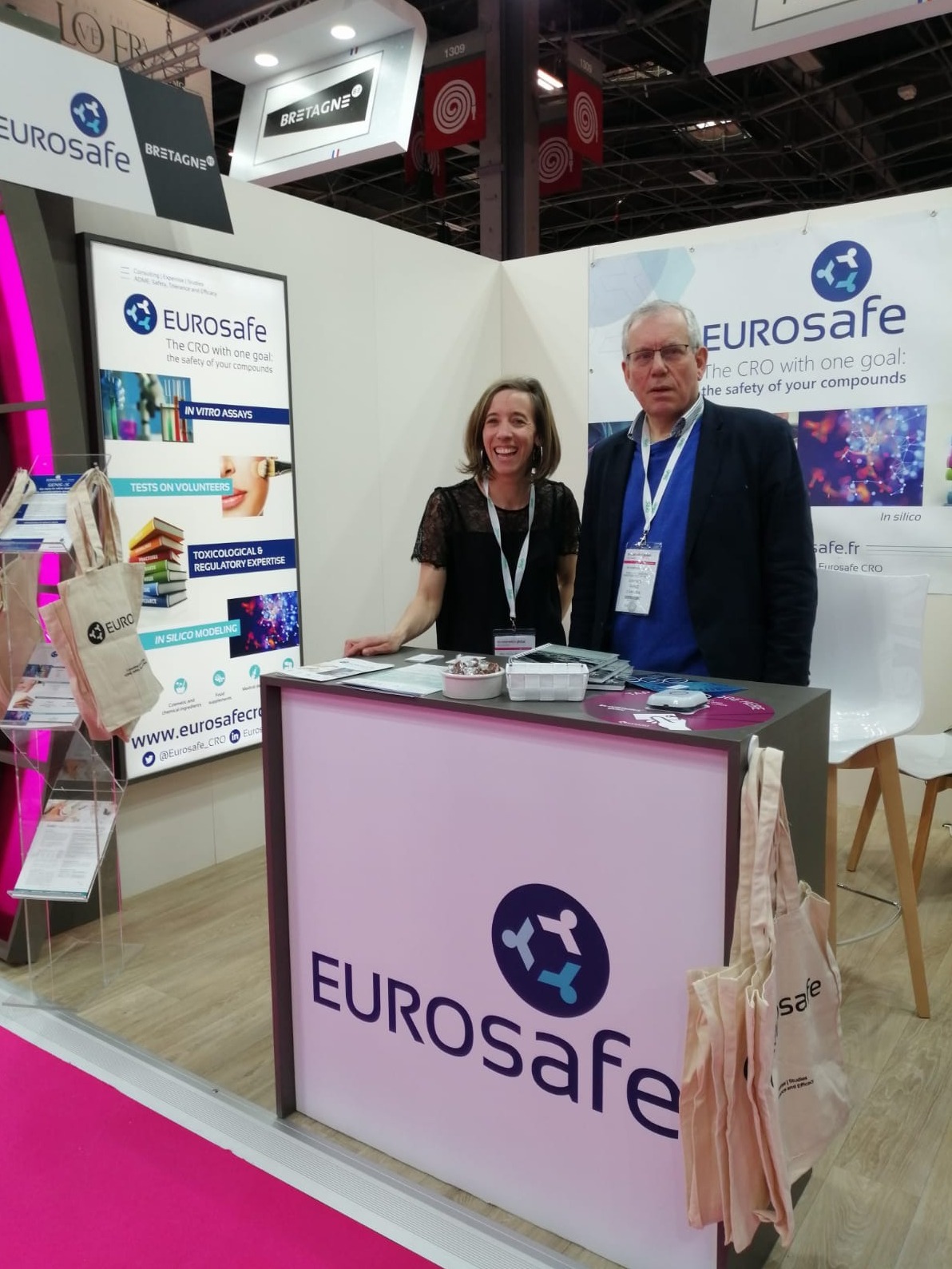
Thanks for visiting our booth and meeting us during In Cosmetics Global!
We hope you spent a great meeting in Paris and had a safe journey back.
For any questions, we remain at your disposal.
Read More
A very good article which highlights the ethical alternative to animal testing used by SenzaGen in their GARD® assays and distributed by Eurosafe CRO.
Read More
Eurosafe is pleased to inform you that our tests on reconstructed models have been enhanced with a new security screening for all your oral products (e.g. toothpaste, mouthwash): "Gingival irritation on a reconstructed model (3D)".
Read More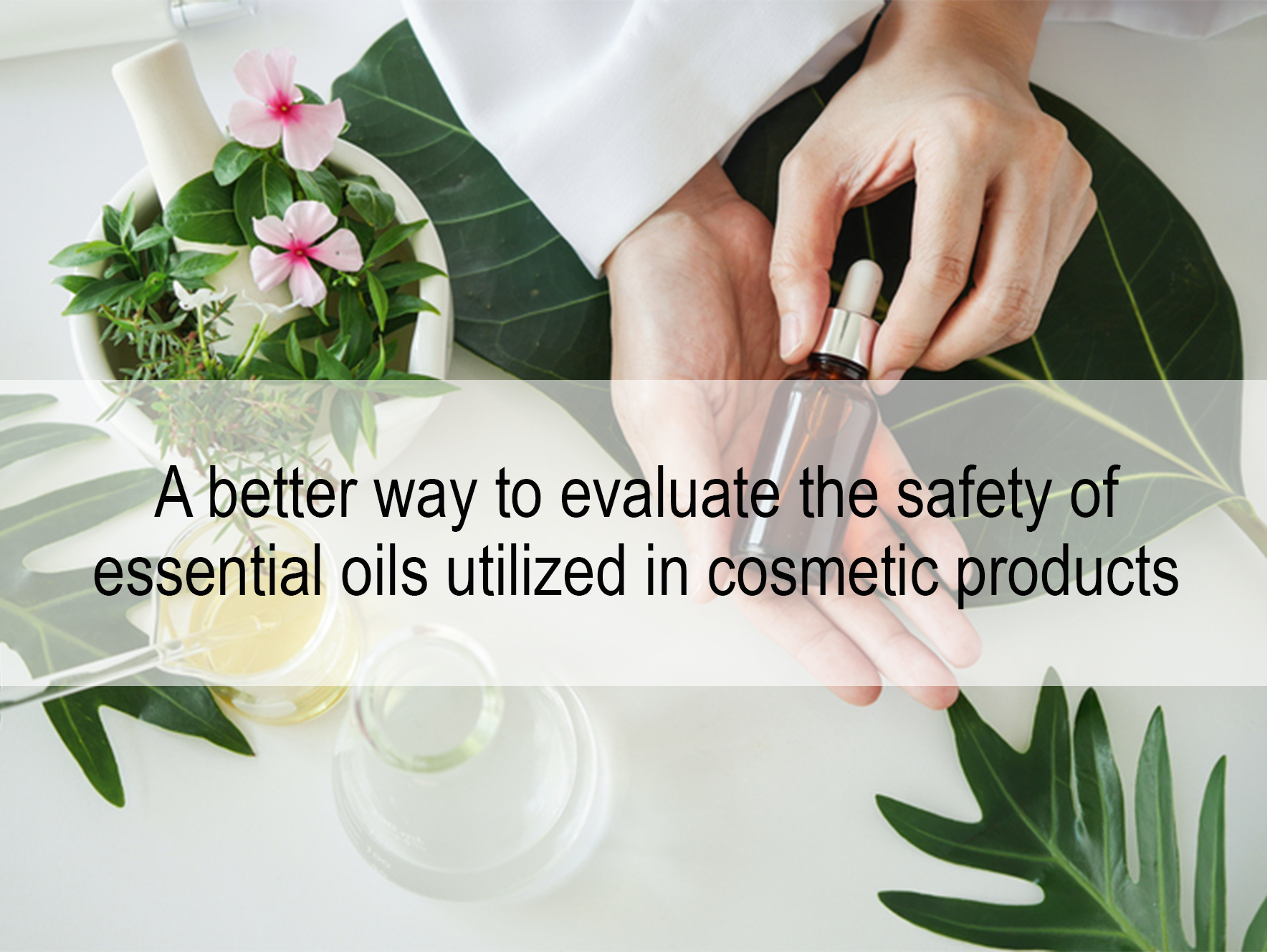
Find our article "A better way to evaluate the safety of essential oils utilized in cosmetic products by Eurosafe" in the Newsletter Skinobs!.
Read More3/15/2019
BSEP is an efflux transporter protein present in the hepatocytes membrane that plays important role in bile acid flow from hepatocyte cell into the bile canaliculi (1,2). Impaired BSEP activity due to drug interaction leads to accumulation of bile acid within the hepatocyte cells and results in cholestasis liver injury (DILI)(3). However, due to the lack of a X-ray structure of BSEP, there is no detail information about interaction of compounds with BSEP.
Details3/15/2019
Skin sensitization methods are developed to protect workers and consumers from chemical exposures. In 2012, OECD Test Guideline 168 (TG) addressed the 5 Key Events (KE) of the skin sensitization Adverse Outcome Pathway (AOP)[1]. To respond to cellular and tissue events(KE2, KE3) in vitro alternative methods were well described such as OECD TG 442C (Direct Peptide Reactivity Assay, DPRA); OECD TG 442D (KeratinoSens™) and OECD TG 442E (human Cell Line Activation Test, h-CLAT). The two biomarkers based test SENS-IS and the Genomic Allergic Detection Test (GARD) are under consideration by the OECD for the development of the respective TGs.
Details3/15/2019
MRP2 is an unidirectional efflux transporter mainly present in liver, that primarily transports organic anions, including drug conjugates and conjugated bilirubin. MRP2 supports a function in the terminal excretion and detoxification of endogenous and xenobiotic organic anions. Due to the lack of a X-ray structure of MRP2, there is no detail information about interaction of compounds with MRP2.
Details3/15/2019
It is commonly accepted that the Skin Surface Area over Body weight ratio (SA/BW) of infants and children is higher as compared with that in adults. Regarding the safety assessment process of cosmetic ingredients, Toxicological Reference Values (TRV) are expressed as mg/kg bw and the change in the ratio of surface area/body weight compared with an adult would give, according to A.G. Renwick (1998), a discrepancy of 2.3-fold for children at birth (except premature infants). Such inter individual variation is already covered by the generally accepted default value of 100 calculated for individual ingredients which is composed of 10 for interspecies variations (4.0 for toxicokinetics) and 10 for human variability, covering toxicokinetic (3.2) and toxicodynamic (3.2) differences between children and adults (A.G. Renwick (1998) and SCCS (2018)). Scheuplein et al. (2002) estimate that an uncertainty factor of 10 applied to this intra-species variability is a sufficiently powerful parameter to take into account child/adult variability, for children over 6 months old. This estimate may not be relevant for children under 6 months of age, in the absence of developmental or systemic toxicity studies. Given the ambiguity of these data, the question was raised whether the use of an increased uncertainty/safety factor would be relevant to cover children at birth exposure to cosmetic ingredients and ensure their safety under normal and reasonably foreseeable conditions of use.
Details3/1/2019
SilensomesTM correspond to batches of cryopreserved pooled of human liver microsomes (HLM) chemically silenced for one specific CYP450 using a mechanism based inhibitor (MBI) (1). SilensomesTM can be handled like conventional HLM. SilensomesTM allow qualitative CYP phenotyping, quantitative metabolized fraction (fm ) and intrinsic Clearance (Clint ) evaluation. It is well known that alterations of CYP mediated drug metabolism by simultaneous administration of other drugs is one of the most common causes of drug-drug interactions. One of them regards the possible effects of the antiarhythmic drug Amiodarone (AMIO) on the metabolism of warfarin (WRF). WRF is a widely used anticoagulant with a narrow therapeutic index and compounds affecting its metabolism may have serious consequences. WRF is mostly metabolized by CYP2C9, with the formation of different hydroxylated metabolites (OH-WRF) and AMIO is described to inhibit CYP2C9 (2). The studies reported here aimed to an in vitro experimental demonstration of the above prediction, to support the interpretation of the clinical data in a more robust manner. For that, we exploited Control SilensomesTM and CYP2C9 SilensomesTM, studying the involvement of CYP2C9 in the metabolism of S-WRF, and the effects of amiodarone on its metabolism.
Details